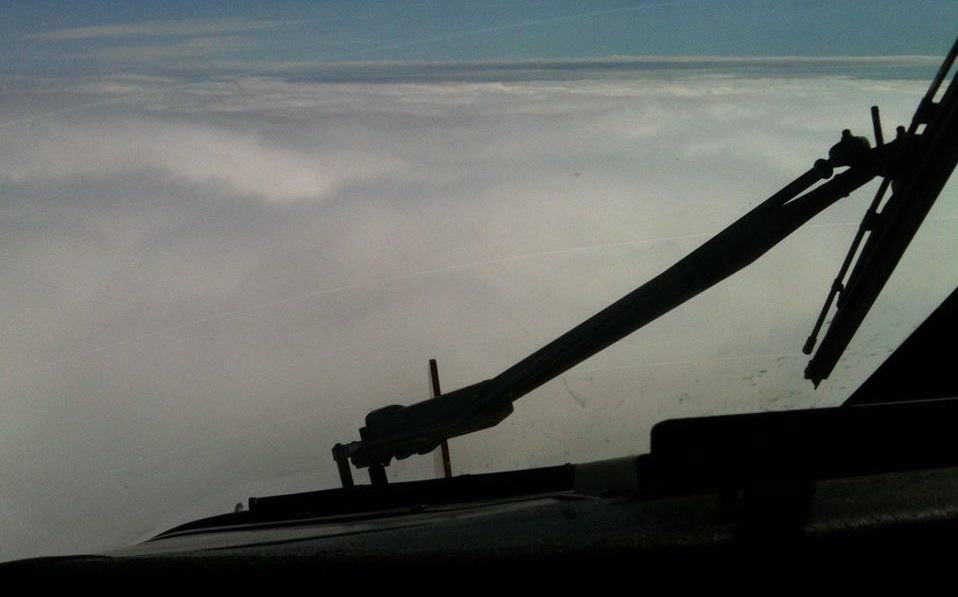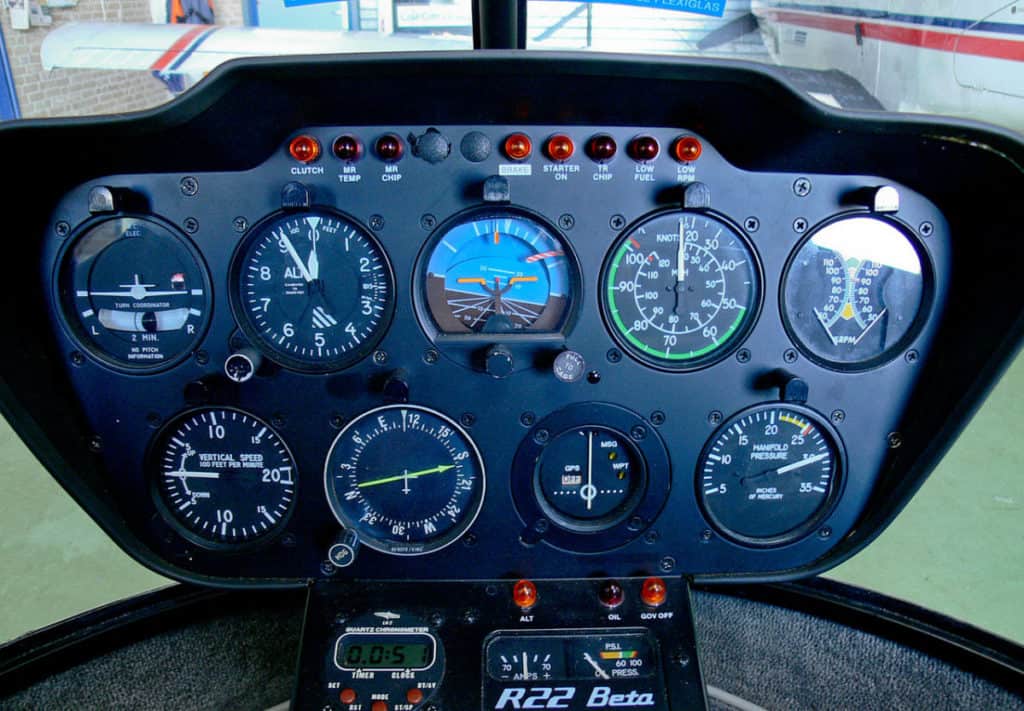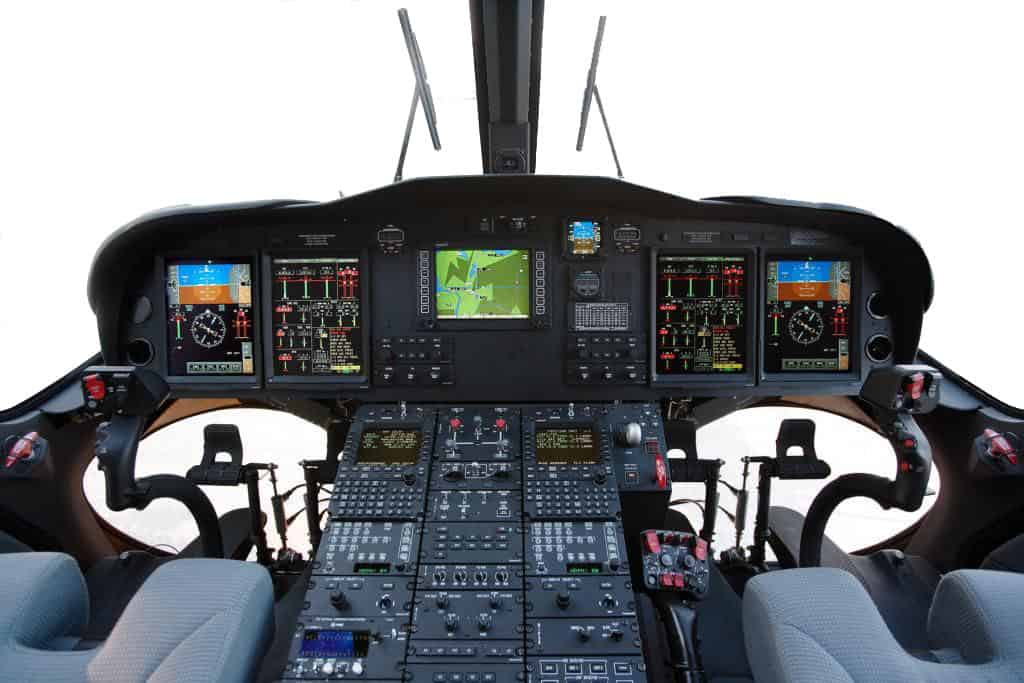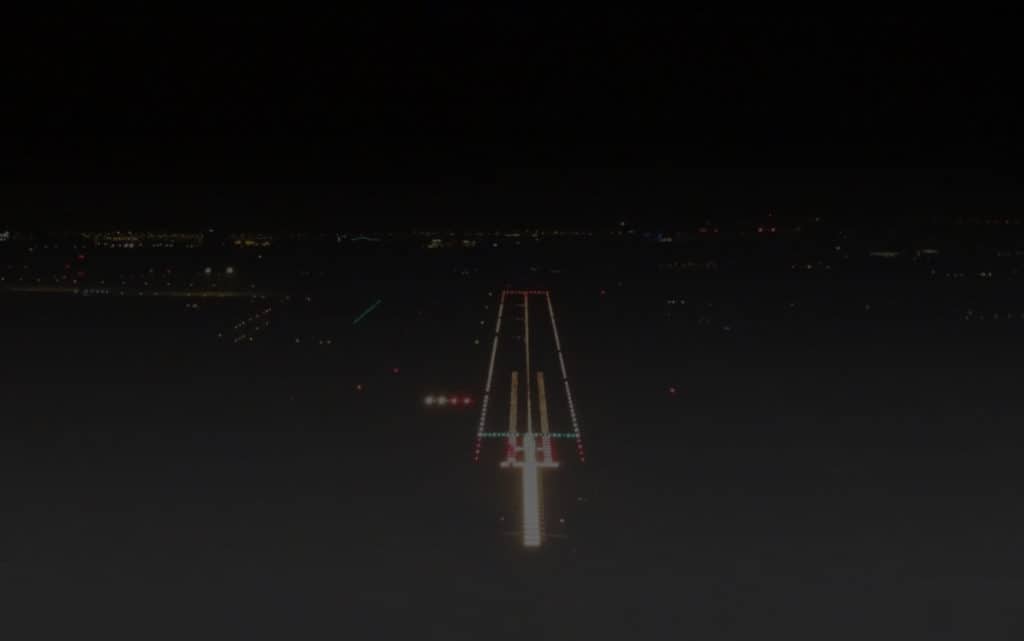
Skimming the top of the clouds in a helicopter is one of the most surreal feelings. Bouncing from cloud to cloud or skimming off the tops of the white wispy stuff makes you feel like Aladdin on his Magic Carpet!
Helicopters can fly above the clouds as VFR Over The Top, VFR On Top, and in the clouds under IFR flight rules. When flying VFR above any cloud a pilot needs to exercise caution and ensure there is a hole to descend through at their destination.
It is rare for most helicopter pilots to need to fly above the clouds, but flying above the clouds in a helicopter can be a great experience, an essential experience, or absolutely terrifying experience. Being prepared and always ensuring you have a way out is essential to not get into trouble.
Let’s look at some of the ways helicopters can legally fly above the clouds…
VFR & IFR Flight Rules
There are two ways a pilot can fly an aircraft – The first is by looking outside and seeing the surface or the horizon. The second is by looking at their instruments when visibility is poor or zero:
VFR is short for Visual Fight Rules – This allows a pilot to fly an aircraft with visual reference to the surface and horizon. Most general aviation flights, especially in helicopters are conducted VFR. Pilots are accountable for there own separation from other aircraft.
IFR is short for Instrument Flight Rules – This allows the pilot to fly in clouds or at night without any outside visibility. The pilots fly the aircraft with sole reference to the cockpit instrumentation and most of the time have an Autopilot to assist in aircraft handling. Most airlines, commuter, and Off-Shore flights are conducted under IFR, and separation from other traffic is handled by ATC (Air Traffic Control) using Radar.
We will first look at VFR as that is the way most helicopter pilots fly.
VFR Flight Rules
VFR Over The Top Vs VFR On Top
Usually, pilots have to remain under the clouds and insight of the surface to legally fly VFR but there are two regulations in place that allow a helicopter pilot to get on top of clouds and fly. There can be some confusion about the two terms as sometimes they get lumped together but they have very different requirements!
VFR Over The Top
This is a great option in the right circumstance for a pilot under the following conditions:
- Allows the Pilot To Climb Through Gaps in Clouds to VFR Conditions Above Them
- Must Maintain VFR Cloud Clearances & Cruising Altitudes
- No Instrument Rating Required
- No Instrument Rated Helicopter Required
- No Flight Plan Required
- No Clearance from ATC Required

Join My Newsletter & Get Great Tips, Information and Experiences To Help You Become a Superb Pilot!
This option could be handy if a pilot was wanting to take off from a location at a higher altitude and cross a valley that is socked in with clouds or fog. Caution must be exercised though because the onset of an emergency or complete engine failure would lead to a descent into the cloud/fog. This could lead to a complete loss of visual reference and turn a bad problem into a very bad problem!

A typical way that a pilot can get caught is when popping through a hole in the cloud layer to avoid rising terrain but then not be able to find a hole to drop back down through. I can imagine nothing scarier than flying around the top of the clouds and watching your fuel needle drop and just praying for a hole to appear!
Flying VFR Over The Top can be a great way to get somewhere but you have to calculate the risk and sometimes it is better to just wait it out for the weather to improve or turn around!
VFR On Top
VFR On Top is sometimes referred to as IFR On Top but the pilot is basically flying under the control of ATC but they have visual reference to the surface of the clouds.
To fly VFR On Top a pilot has to comply with the following:
- Be an Instrument Rated Pilot
- Flying on an IFR Flight Plan
- Request VFR On Top Clearance from ATC
- Not Allowed in Class A or Some Restricted Airspaces
- Must Comply with ATC while in VFR On Top
- Must Maintain VFR and Applicable IFR Flight Requirements
This scenario is more applicable to a pilot on an IFR flight that has climbed through the clouds and is in clear blue skies.
Learn More…
Try These Articles:
* Do Helicopters Have Autopilots? Depends If You Have $$$!
* Can Helicopters Fly at Night? A Pilot Tells All!
IFR Flight Rules
IFR flight rules allow a helicopter to fly in poor visibility like fog, low clouds or complete darkness. This is particularly useful for scheduled passenger transport services.
Other types of helicopter operations that fly in IFR conditions are MedEvac, VIP Charter, and some private use. Flying IFR requires an instrument rating for the pilot/s, additional aircraft equipment to be installed, and compliance with the IFR rules.

Most of the helicopters that fly under regular IFR operations are twin-engined, have automation to fly the helicopter and most of the time have two pilots. Flying when in complete cloud is far riskier than flying with reference to the surface (VFR) so these additional risks are mitigated by the additional items just mentioned.
When flying under an IFR flight plan the entire flight is controlled by Air Traffic Control. IFR Departure Procedures are used to depart from an airport and an Instrument Approach is used to ‘Funnel’ the helicopter from its cruising altitude and line it up with the end of the runway or helipad. Once the helicopter breaks out of the cloud the runway or helipad will be visible right in front of the helicopter.

Icing Problems When Flying In Cloud
One of the biggest problems when flying under or in cloud is Icing. Icing occurs when the air temperature is around freezing and the helicopter is flying in areas of moisture – Cloud, rain, fog.
When in these conditions ice can begin to form on the helicopter fuselage and rotor blades and this creates several problems. The ice build up turns the smooth surface of the rotor blade into a rough surface. This reduces lift and increases drag which requires more power from the engine/s to push each rotor blade through the air.
Ice also adds weight to the aircraft which requires more power to keep it airborne. Once the aircraft reaches its maximum power the engine/s can produce the helicopter will start to descend. Not good if flying in the mountains!
Climbing above the cloud is one way a helicopter pilot can continue the flight and not pick up ice. Even if the temperature is around freezing, once the helicopter is out of the cloud it will not pick up moisture droplets that then freeze to it.
Learn More…
Try These Articles:
* Can Helicopters Fly In Snow & Ice? This May Surprise You!
* Backward Take Off’s – Why Do Helicopters Do Them?
Emergencies When Flying Above Cloud
An emergency in an aircraft can be a very nervous time, when you cannot see the ground it can take that fear to a whole new level. No matter if the pilot is in a $15M helicopter or a $1.5M helicopter, an emergency could take them further into trouble if above the cloud.
If an emergency landing is required and the helicopter is above the cloud the pilot is going to have to descend through the cloud or into the fog and hope that they are able to see the ground with enough time to make a safe emergency landing.
This reason alone is why flying above clouds, especially when the pilot does not have an instrument rating or is flying a single-engined helicopter should only be done when it is absolutely necessary.
The height of the cloud layer above the ground, the thickness of the cloud layer, surrounding terrain, the terrain under the cloud, all need to be known before a sensible decision can be made to get above the cloud.
To Finish
Flying above the cloud has its time and place when flying a helicopter and can be done safely with the right training, equipment, and decision making. For most helicopter pilots their entire career will be spent cruising around under the grey, but for those that have an instrument rating and a capable helicopter, getting out of the grey and into clear blue skies can really improve the enjoyment of the flight.
I still remember the first IFR flight I did when I was inside the cloud the whole time and it was a tense flight! Hoping to see the runway lights at the end of the flight was on my mind the entire time, but there they were, just as they should be!
Can helicopters fly above the clouds? – Absolutely, but done in the wrong way can lead to a deadly ending.

